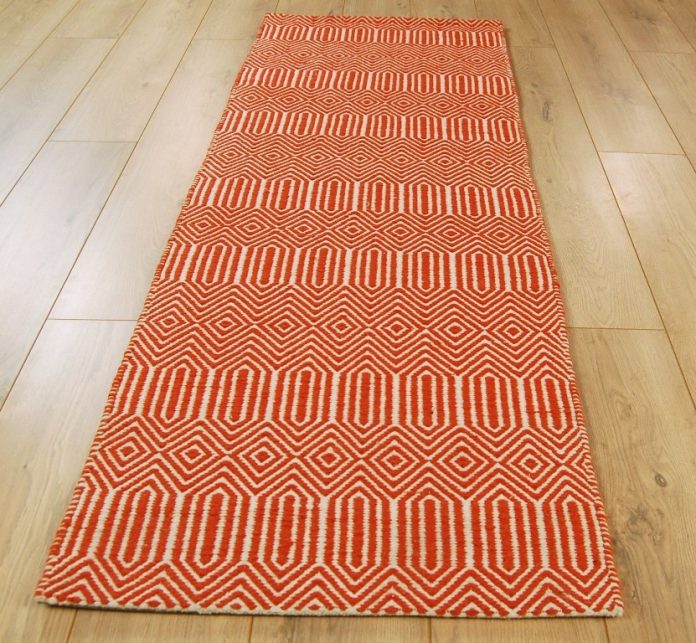Vintage turkish rugs bring a sense of historical heritage and cultural authenticity into any home. These striking decor pieces tell handwoven stories of spiritual practices and beliefs, tribal and family history, well wishes for love, wealth, health and more.
From rustic spaces to palatial drawing rooms, these timeless beauties add elegance to any design. Embrace their oxidized hues and floral motifs for an organic, lived-in look.
Origins
Turkish rugs have a reputation for adding warmth, texture and an artful expression of cultural heritage to modern living spaces. They were first woven by nomadic tribes to provide shelter and protection. The art of rug weaving was traditionally a woman’s skill, passed down through generations. Hand-knotted rugs were considered an ideal dowry for a young woman, as well as an important household item.
Antique turkish rugs are masterful in the way they layer color, creating harmonies that are often serene and balanced. The use of natural dyes reflects an ancient tradition that has shifted over time.
For example, in the 19th century, Turkish weavers began using cochineal dye made from Kerkes beetles that gave rugs deep rose to burgundy tones that are remarkably vivid and evocative.
Styles
Vintage Turkish rugs are typically one-of-a-kind pieces that bring a sense of history into any room. They add a pop of color, act as temperature controllers and natural humidifiers, and provide comfort for children and pets.
The weaving techniques of Turkish rugs vary from region to region and are influenced by local cultural and artistic influences. Weavers use vegetable dyes that produce luscious, soft colors. While chemical dyes offer a wider color palette, they can’t duplicate natural dyes’ subtle gradations of hue.
From intricate geometric patterns to floral motifs and medallion configurations, Turkish rugs are a designer go-to for rustic spaces and palatial drawing rooms alike. Exquisite oxidized shades, lustrous pastels and monumental botanical designs make them essential decorative elements for any space. And, unlike many modern rug styles, vintage Turkish rugs tend to be hand-knotted and made from wool, rather than synthetic materials.
Materials
Incorporating motifs of love, wealth and health into their patterns, Turkish rug weavers express their wishes for their homes and lives through the artwork they create. It’s no wonder these stunning rugs have graced palaces and inspired fairy tales for centuries!
In addition to soft lustrous wool, Turkish rugs are often woven with fine silk and superior quality cotton. This combination allows for tighter knots and a soft visual texture that adds to their beauty. Natural dyes are also used, offering a wide range of colors and a subtle glow that can’t be achieved with commercially bleached wool.
For some Turkish rugs, such as Hereke silk Turkish rugs, a thick warp of cotton is used to ensure tighter knots and an even weave. Then, the wool is hand spun and dyed to create yarns that are woven together on the loom.
Techniques
Turkish rugs are made using natural materials such as soft, lustrous wool and fine silk. These materials are woven into stunning designs that tell a story of cultural heritage and history.
They also utilize natural dyes, which are sourced from vegetables, roots, plants, animals and minerals. These colors have a more vivid hue than synthetic dyes and will hold up better to time.
Oftentimes, these rugs feature motifs such as the wheel of fortune to symbolize wealth, ram horns for power and a chest to represent dowry. They may also include snakes, birds and other animal motifs that are believed to protect against the “evil eye.” Some of these rugs even have the weaver’s signature on the back side as a sign of superior technique and high quality.
Symbolism
The best vintage Turkish rugs offer a range of harmonious hues. The colors of wool woven in the 17th and 18th centuries feature soft, lustrous hues created with natural dyes—which cannot be replicated by commercial chemical dyes.
Symbols found on Turkish kilims and carpets have meanings associated with religion, fertility, or the afterlife. The star symbolizes joy and happiness, while the tree of life stands for mankind’s desire for divinity. The yin-yang symbol represents cosmic duality and also symbolizes marriage and procreation.
The most authentic Turkish rugs are made of natural fibers such as wool and silk, and will feel smooth to the touch. They will be pliable and should have a high knot density. They may have a label on the back of the rug indicating its origins and weaving technique.




